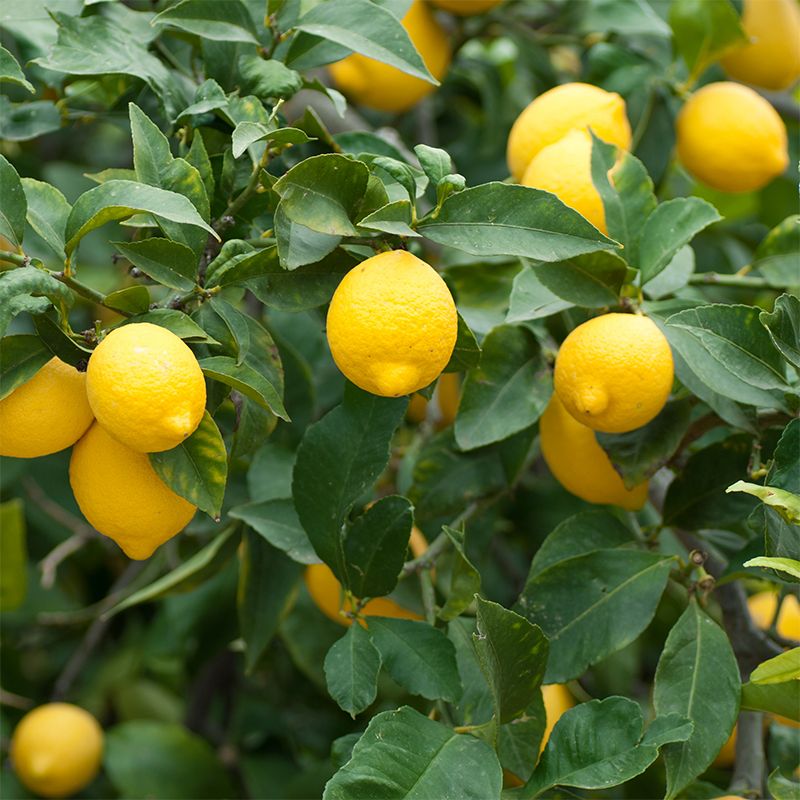

Grate the zest over risotto or steamed vegetables. Squeeze the juice over fish or add to salad dressing. Meyers may be used anywhere you want to add pure lemon flavor with none of the burn. Meyer lemon bars showcase not only the sweet, aromatic juice, but also the slightly sour punch and intense lemon essence of the peel. Cut a Meyer lemon into chunks, give it a rough chop in a food processor, and add to muffins or tea cakes. Or combine them with dried fruit and white wine for a quick savory compote.Īnother delicious way to enjoy the flavor of the whole fruit is in desserts. The layer of bitter white pith that makes a thick protective coating for regular lemons is so thin on Meyers that they may be eaten in their entirety, peel included.Ĭut thin slices, remove the seeds and roast them with root vegetables, chicken or fish.
Meyer lemon skin#
Martha Stewart is the fairy godmother of this Cinderella story.Īccording to Bobby Smith, whose family owns South Naples Citrus Grove in Naples, Fla., the popularity of Meyer lemons has soared since food and lifestyle maven Stewart began featuring them in recipes, such as her lemon-pine nut tart, whole-wheat spaghetti with arugula and pistachios, and a take on classic coffee cake with thinly sliced Meyer lemons in the batter.Īs it turns out, the soft, thin skin that makes Meyer lemons so difficult to ship long distances is one of their most appealing features when it comes to cooking. The Meyer lemon remained confined mostly to farmers markets near the citrus belt until about five years ago.
Meyer lemon free#
Fortunately, one stock was deemed free and clear of disease and became the source for a newly developed "Improved Meyer Lemon" tree. In the 1960s, the majority of Meyer lemon trees in California were destroyed by a virus they carried, which threatened the entire citrus industry. Their thin, delicate skin and high juice content made them too fragile to distribute commercially. A favorite backyard tree enjoyed by locals, Meyers never made a splashy national debut. He died on an expedition near Shanghai in 1918.Īfter landing on American shores, Meyer lemons were cultivated in the citrus-growing regions of California, Florida and Texas. Sadly, Meyer would never live to see the success of his namesake.

Among more than 2,500 plants that he introduced to the U.S., the Meyer lemon was named in his honor. Meyer, an agricultural explorer (yes, that was his actual job title) on several trips to Asia with the mission of collecting new plant species. The Meyer lemon might still be decorating homes today if it weren't for one man. Though it took a long time for the Meyer lemon to make its way into the culinary limelight, it was worth the wait. In fact, Meyers may be substituted for regular lemons whenever you want a burst of lemon flavor without the acidic bite. Its aromatic, slightly sweet quality brightens desserts, sauces, salads and roasts.


Today, the Meyer lemon is a darling of farmers markets and beloved by chefs and home cooks. It also has a thin edible rind, a high volume of juice and none of the tartness of a regular lemon - yet its potential in the kitchen went unnoticed. In its native China, it was primarily a decorative houseplant.Ī cross between a lemon and a mandarin orange, the Meyer lemon has smooth golden skin the color of a fresh egg yolk. Food And Longing In Southeast Asia March 12, 2008įor more than a century, the Meyer lemon was known mostly for its looks.


 0 kommentar(er)
0 kommentar(er)
